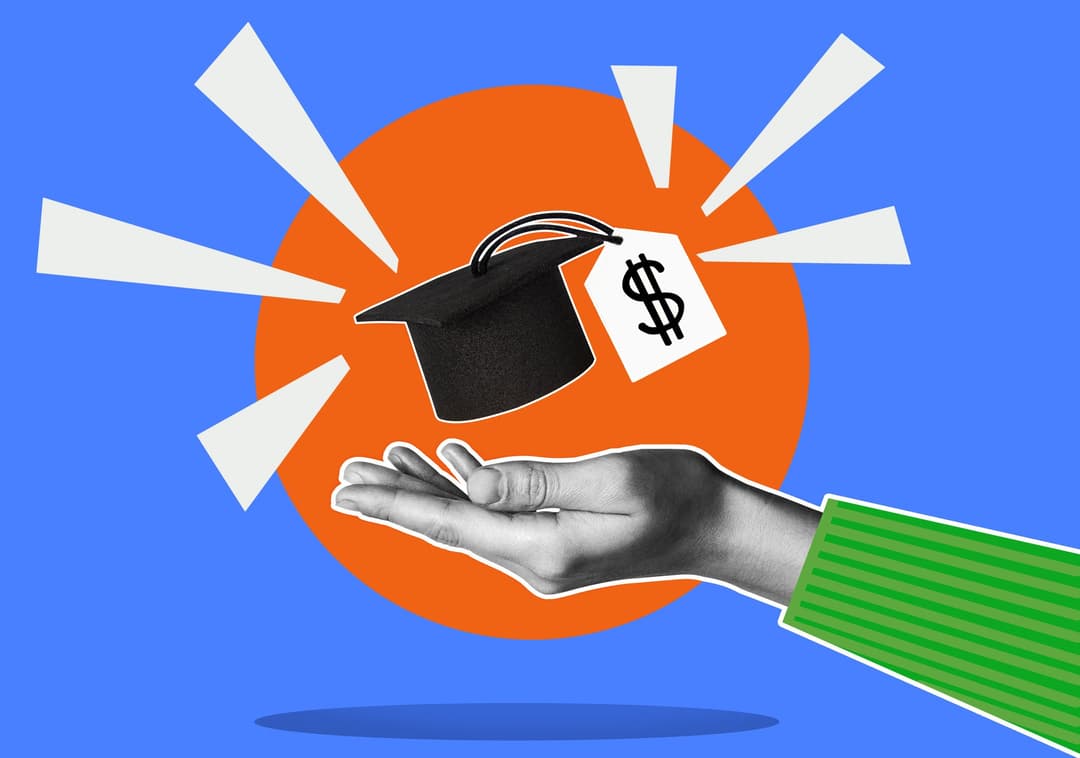
3 Ways Technology Creates a Great Student Experience
Even with today’s impressive use, technology will likely become even more deeply embedded in our daily lives in the future. But while technology can make life easier in many cases, it also has the power to make us more introverted or impersonal. As technology becomes part of everyday learning, how can institutions use it to complement and facilitate personal interactions rather than replace them? Before 2020, the education industry lagged in its adoption of many modern technologies compared to other industries. This year showed just how much education has systematically underinvested in technology. When learning was moved either fully or partially online, students learned that many instructors were not trained to design online, interactive curriculums. Going into 2021 and beyond, institutions will gain more experience about what works and what doesn’t when it comes to online learning.
From all the lessons learned through COVID-19, it seems that digital platforms cannot fully replace the in-person classroom environment with educators, mentors, and coaches. A high-quality educational experience heavily relies on an environment that fosters authentic relationships between students and faculty, learners, and educators.
Let’s take a look at how institutions can use technology to foster stronger relationships with students.
1. Enable New Ways to Teach
Over the last decade, the cost of higher education has skyrocketed, and student debt has climbed to unprecedented levels. The pandemic pushed learning to go online, creating the most extensive online learning experiment ever in history and giving institutions data on what works and what doesn’t work in virtual learning environments.
On a positive note, the transition has removed the stigma associated with online learning and proven that education can be provided online at scale at a much lower cost than conventional education methods. Some courses, such as intro lecture-based curriculums, can be delivered effectively online and on demand effectively, while other courses require hands-on learning or in-depth discussion.
Institutions can leverage innovative technologies that surged in popularity during the pandemic to create new hybrid education models that leverage a combination of online courses and traditional in-classroom instruction. Until in-person learning can safely resume, the support, coaching, and mentoring that many students need to thrive can be accomplished efficiently and effectively in one-on-one or small group face-to-face settings enabled by online video.
2. Use Data to Personalize Interactions
Centralizing student data is a crucial component to providing a student-centric experience. Students want the ability to register for classes, request advice from advisors, pay for their classes, download transcripts, change class schedules, and more online, at any time, using any device. Students’ on-demand anywhere mentality has forced higher education institutions to consolidate and centralize student data and move it to the cloud.
Cloud technologies will likely grow in abundance amid the higher education space once institutions apply the lessons learned from the pandemic. Using the cloud, institutions can establish a 360-degree view of students—covering everything from academic performance and extracurricular engagement to financial aid, behavioral, and demographic information—and provide personalized engagement at every touchpoint of the student journey.
3. Open Self-Service Options
At first glance, using a chatbot for online self-service may not seem very humanizing. Chatbots are always-on, digital engagement channels that empower students to get answers quickly through a convenient, easily navigable, and readily available information source. As chatbots become smarter and the interfaces evolve to be more human-like, chatbots solve two challenges: providing information to students when and wherever they need it, and gathering insight into trending student needs as well as student attitudes, motivations, and satisfaction levels. This insight helps institutions refine communications and advisory programs, as well as create a better student-centric experience. Similarly, chatbots can free up time for staff to build relationships and work more closely with students with more complex issues by opening up a self-service avenue for easily accessible information.
The COVID-19 pandemic accelerated the adoption of technology in higher education, removing many of the psychological barriers against it. And while technology can create superficial, impersonal experiences if not appropriately leveraged, it can also nurture strong collaboration and build relationships with used effectively. Face-to-face interaction may be vital to developing long-term relationships but technology can help institutions keep communications open and healthy until the next in-person meeting.




